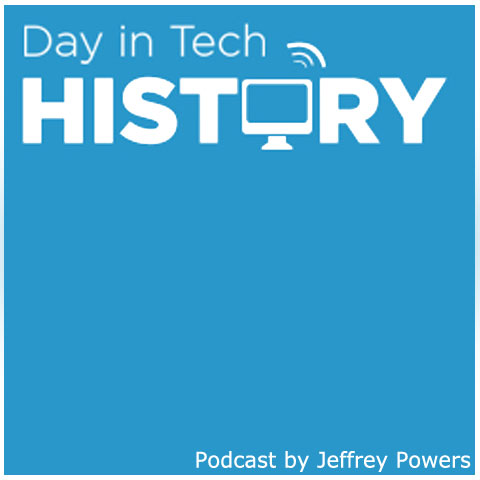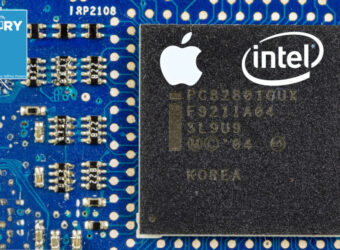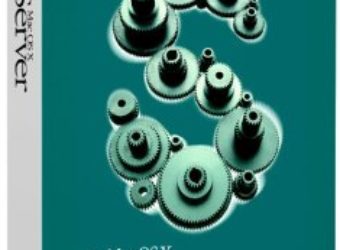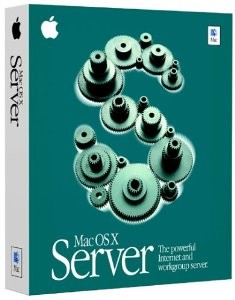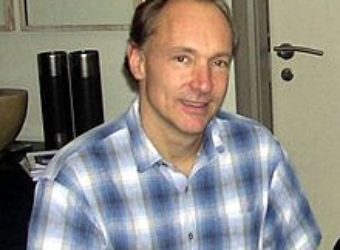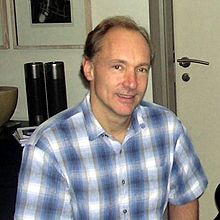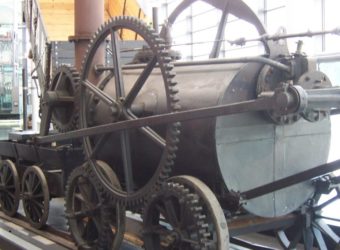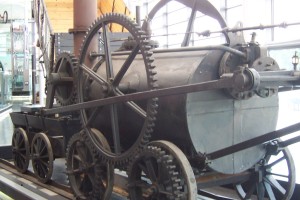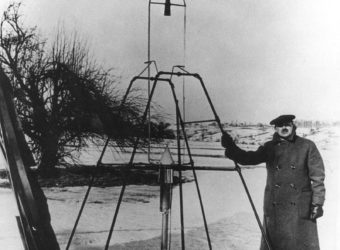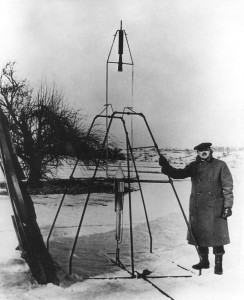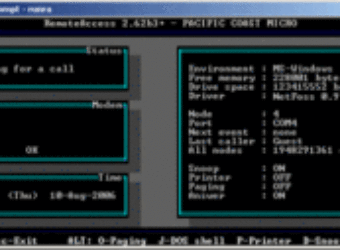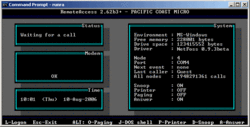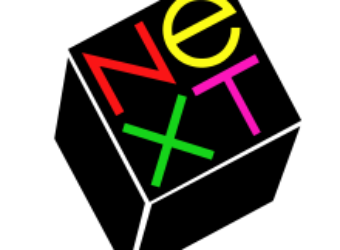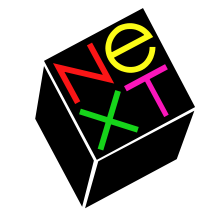June 6, 2005: Apple Switches to Intel
Subscribe! Spotify | RSS | More
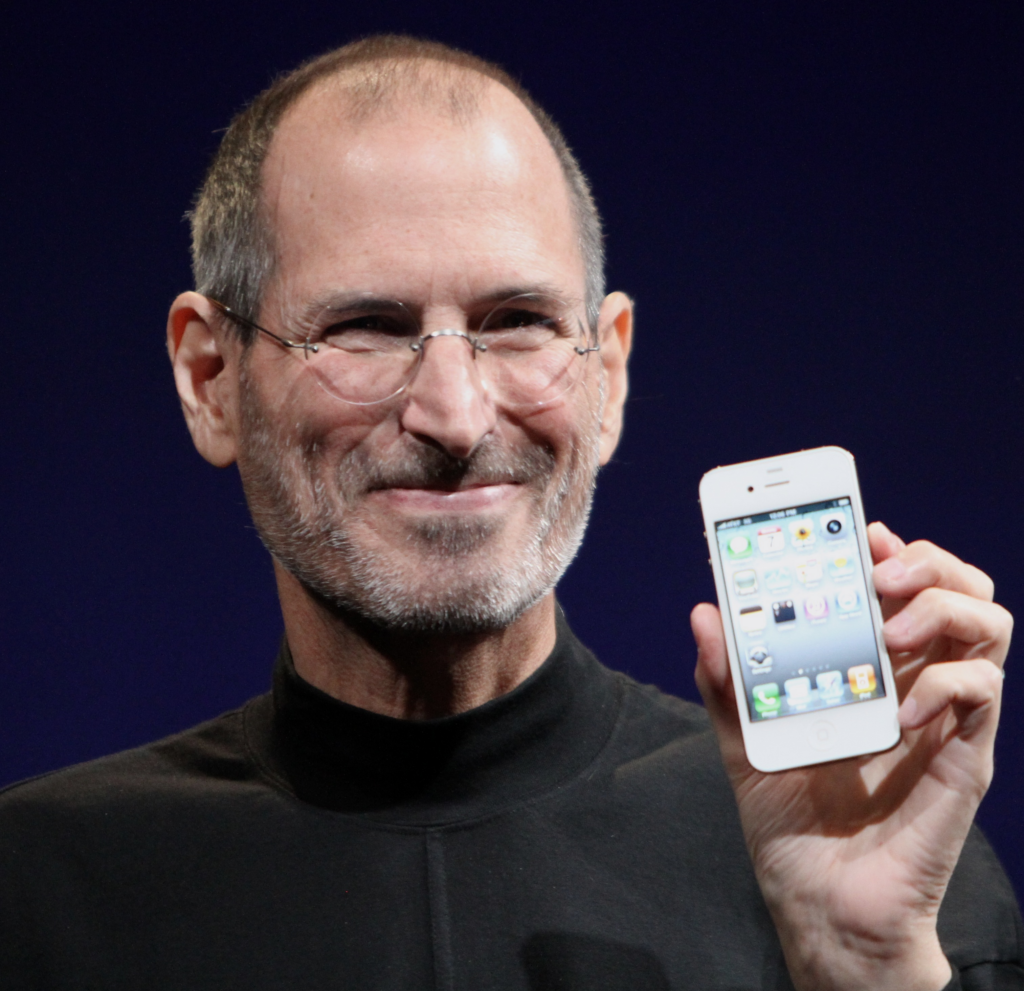
2005 – Steve Jobs spoke in front of the masses at the WWDC announcing that Apple will switch their processors from PowerPC to Intel. He then showed off the Mac OS X running on aPentium 4 CPU. The reasoning was that PowerPC chips took too much power to run and also ran hotter than an Intel chip.
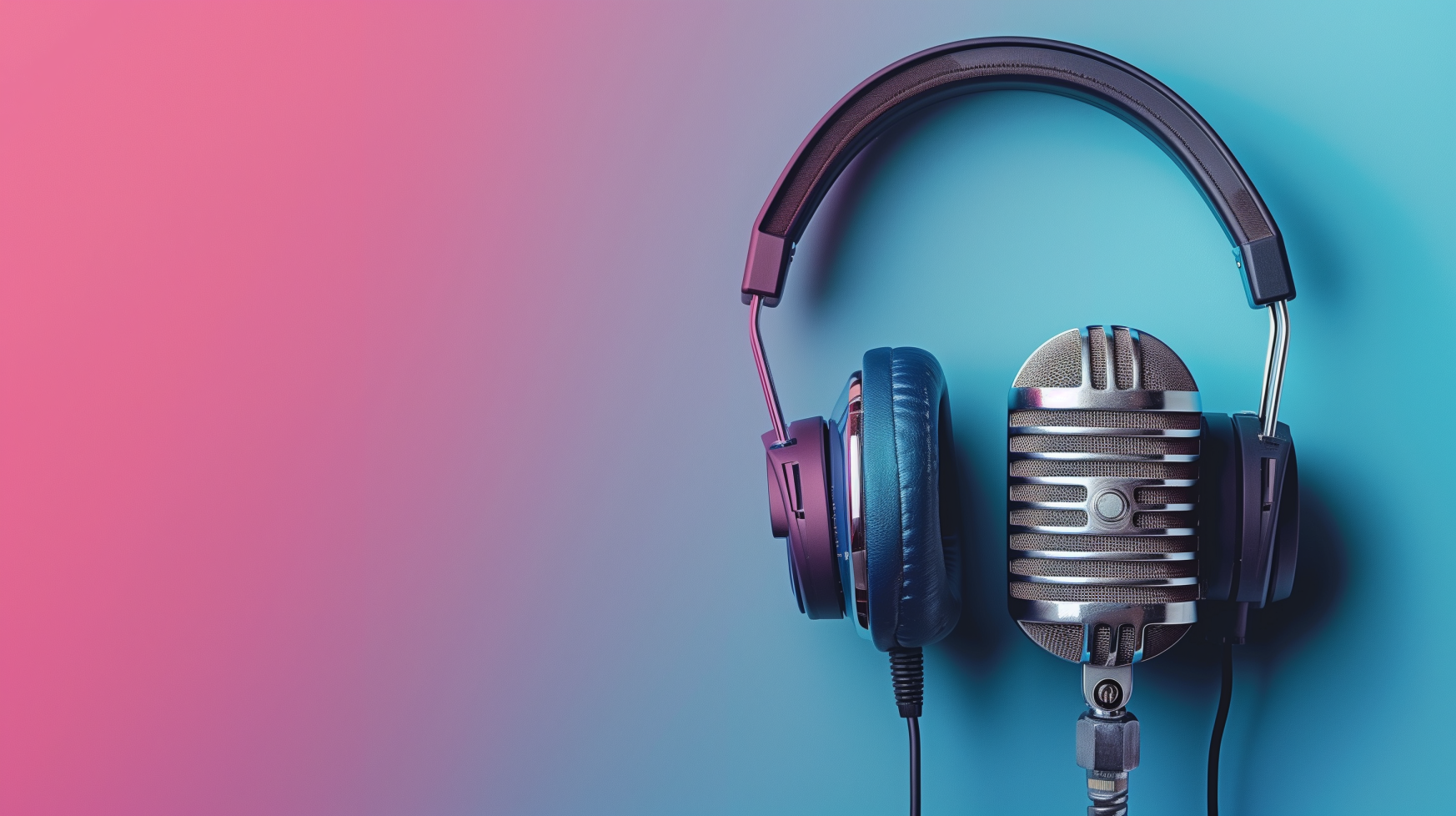
Subscribe to Day In Tech History:
RSS Feed - iTunes - Android - Spotify - iHeartRadio
Facebook -
- RSS Bandwidth by Cachefly Get a 14 Day Trial
- Join me on Patreon and support Day in Tech History
- TI 99/8 is introduced
- The first Internet connection
- Palm releases the Palm Pre
